Home>Maintenance & Safety>Safety Equipment & Products>How To Childproof Sliding Patio Door With Internal Tracker
Safety Equipment & Products
How To Childproof Sliding Patio Door With Internal Tracker
Modified: October 20, 2024
Learn how to childproof your sliding patio door with internal tracker using the best safety equipment and products. Keep your little ones safe and secure at home.
(Many of the links in this article redirect to a specific reviewed product. Your purchase of these products through affiliate links helps to generate commission for Storables.com, at no extra cost. Learn more)
Introduction
Welcome to the comprehensive guide on how to childproof a sliding patio door with an internal tracker. As a parent or caregiver, ensuring the safety of children is a top priority. Sliding patio doors, while offering an expansive view and easy access to the outdoors, can pose potential risks to young children if not properly secured. In this guide, we will delve into the various childproofing solutions available and focus on the installation of an internal tracker, an innovative and effective method to safeguard sliding patio doors.
Childproofing a sliding patio door is essential in creating a secure environment for children to explore and play without the risk of accidents or injuries. By understanding the potential risks associated with sliding patio doors, assessing the door's structure, selecting the right childproofing solution, and installing the internal tracker, you can take proactive measures to enhance the safety of your home.
Join us as we explore the importance of childproofing, the considerations for selecting the most suitable childproofing solution, and the step-by-step process of installing an internal tracker to ensure the security of your sliding patio door. Let's embark on this journey to create a safer and more secure living space for children to thrive.
Key Takeaways:
- Childproofing sliding patio doors with an internal tracker is a smart way to keep kids safe. It prevents them from opening the door unsupervised and reduces the risk of accidents and injuries.
- Choosing the right childproofing solution is crucial. Look for options that are easy to use, enhance visibility, and are durable. Installing an internal tracker provides a discreet and effective way to secure sliding patio doors.
Read more: How To Childproof A Sliding Glass Door
Understanding the Risks
Before delving into the childproofing process, it is crucial to comprehend the potential risks associated with sliding patio doors in relation to child safety. These doors, often made of glass, provide a seamless transition between indoor and outdoor spaces, offering natural light and a picturesque view. However, their design and functionality also present inherent hazards, especially for young children.
One of the primary risks is the possibility of a child inadvertently opening the sliding patio door and gaining unsupervised access to outdoor areas. This could lead to various dangers, including wandering near pools or other bodies of water, encountering sharp objects, or venturing into areas with potential hazards. Additionally, the smooth and effortless operation of sliding doors may pose a trapping hazard for small fingers, potentially resulting in injuries.
Another concern is related to the transparency of sliding patio doors. Due to their glass panels, these doors may not always be clearly visible to children, leading to accidental collisions or impact-related injuries. Furthermore, the expansive glass surfaces can pose a risk of breakage, potentially causing injuries from shattered glass shards.
Understanding these risks underscores the importance of implementing effective childproofing measures to mitigate potential hazards associated with sliding patio doors. By proactively addressing these concerns, caregivers can create a safer environment for children, allowing them to enjoy the benefits of indoor-outdoor living while minimizing the associated risks.
Now that we have gained insight into the potential risks, let’s proceed to the next step: assessing your sliding patio door to determine the most suitable childproofing solution.
Assessing Your Sliding Patio Door
Before selecting a childproofing solution, it is essential to assess the specific characteristics and structure of your sliding patio door. This evaluation will help determine the most appropriate childproofing method and ensure a tailored approach to enhancing the door’s safety features.
Start by examining the door’s operation and accessibility. Take note of how smoothly it glides along its track and whether there are any areas of resistance or difficulty in opening or closing the door. This assessment can provide valuable insights into potential areas of concern, such as loose tracks or misaligned panels, which could impact the effectiveness of childproofing measures.
Next, consider the door’s locking mechanism. Evaluate the current locking system to determine its reliability and child-resistant features. Confirm whether the existing lock provides adequate security and whether it can be easily bypassed by a child. Understanding the limitations of the current locking mechanism will guide you in selecting a supplementary childproofing solution to reinforce the door’s security.
Assess the visibility of the sliding patio door, both from the inside and outside. Determine whether the door’s glass panels are clearly visible to children, especially during playtime or when they are in close proximity to the door. This assessment will highlight the need for additional visual cues or barriers to enhance the door’s visibility and reduce the risk of accidental collisions.
Additionally, inspect the surrounding area of the sliding patio door, taking note of any potential hazards or obstacles that could pose risks to children. This may include sharp-edged furniture, decorative items, or plants that are within reach of the door. Identifying and addressing these potential hazards will complement the childproofing measures, creating a safer environment around the door.
By thoroughly assessing your sliding patio door, you can gain a comprehensive understanding of its unique characteristics and potential safety concerns. This knowledge will serve as a foundation for selecting the most suitable childproofing solution, ensuring that it effectively addresses the specific needs and challenges associated with your door.
With a clear assessment in hand, we can now explore the process of choosing the right childproofing solution for your sliding patio door.
Choosing the Right Childproofing Solution
When it comes to childproofing a sliding patio door, selecting the most suitable solution is paramount in ensuring effective safety measures. With a myriad of options available, ranging from traditional locks to innovative childproofing devices, it is essential to consider various factors to determine the best approach for securing your specific door.
One of the primary considerations is the ease of operation and accessibility. The childproofing solution should provide enhanced security without compromising the door’s functionality. Look for options that are user-friendly for adults while offering a high level of resistance against tampering or unauthorized opening by children.
Another crucial factor to consider is the visibility and visual cues provided by the childproofing solution. Opt for a method that enhances the door’s visibility, making it clearly discernible to children and reducing the risk of accidental collisions. This may involve incorporating contrasting colors or visual indicators to highlight the presence of the door, especially during periods of active play or when children are in close proximity.
Consider the durability and reliability of the childproofing solution. Choose a method that can withstand regular use and effectively withstands the wear and tear associated with daily operation of the sliding patio door. Additionally, ensure that the selected solution offers a high level of child resistance, providing a secure barrier against unintended access or manipulation by young children.
Furthermore, assess the compatibility of the childproofing solution with the existing door structure. Whether it is a lock, latch, or specialized childproofing device, ensure that it seamlessly integrates with the door’s design and does not impede its smooth operation. Compatibility is essential in maintaining the door’s functionality while enhancing its safety features.
Lastly, consider the versatility and adaptability of the childproofing solution. Choose a method that accommodates various scenarios, such as partial opening of the door for ventilation or full access to the outdoor space. The ability to adjust the childproofing measures to suit different situations adds a layer of convenience and practicality to the overall safety strategy.
By carefully considering these factors, you can confidently select the right childproofing solution that aligns with your sliding patio door’s unique characteristics and your specific safety requirements. With the ideal childproofing solution in hand, the next step is to delve into the installation process of the internal tracker, an innovative and effective method for securing sliding patio doors.
Install a childproof lock or latch on the sliding patio door to prevent it from being opened by young children. This will help keep them safe and secure inside the house.
Installing the Internal Tracker
Installing an internal tracker is an innovative and effective childproofing solution for securing sliding patio doors. This method offers a discreet and integrated approach to enhancing the door’s safety features, providing peace of mind for caregivers while maintaining the door’s functionality and aesthetic appeal.
The installation process begins with preparing the sliding patio door for the internal tracker. Start by thoroughly cleaning the door’s track and surrounding areas to ensure a clean and debris-free surface. This step is essential in promoting smooth and unhindered movement of the internal tracker within the door’s track.
Next, carefully measure the dimensions of the door’s track to determine the appropriate size of the internal tracker. It is crucial to select a tracker that fits snugly within the track, providing a seamless integration without obstructing the door’s operation. Most internal trackers are designed to be adjustable, allowing for a customized fit to suit various door sizes.
Once the internal tracker is ready, gently insert it into the door’s track, ensuring that it glides smoothly and securely along the designated path. The tracker should align flush with the track, maintaining a low profile to prevent interference with the door’s movement. Verify that the internal tracker moves effortlessly without causing any resistance or impediment to the door’s operation.
After positioning the internal tracker within the door’s track, conduct a thorough assessment of its functionality. Test the tracker by opening and closing the sliding patio door, observing its smooth movement and ensuring that it remains securely in place. This step is crucial in confirming the effectiveness of the internal tracker and its seamless integration with the door.
Once the internal tracker is successfully installed and verified for optimal functionality, consider additional security measures to complement its childproofing capabilities. This may include reinforcing the door’s locking mechanism or incorporating visual cues to enhance the door’s visibility to children, further fortifying the overall safety features.
By installing an internal tracker, you can effectively childproof your sliding patio door, providing a discreet and robust solution to safeguard against unauthorized access and potential hazards. This innovative approach seamlessly integrates with the door’s design, offering a comprehensive safety enhancement that prioritizes the well-being of children in the home environment.
With the internal tracker in place, the next step is to conduct thorough testing of the childproofing measures to ensure their reliability and efficacy in securing the sliding patio door.
Read more: How To Childproof A Sliding Closet Door
Testing the Childproofing Measures
After installing the childproofing solution, it is crucial to conduct comprehensive testing to ensure the effectiveness and reliability of the measures in securing the sliding patio door. Testing the childproofing measures will provide valuable insights into their functionality and performance, allowing caregivers to identify any potential areas for improvement and address them proactively.
Begin by testing the internal tracker’s functionality and integration with the sliding patio door. Open and close the door multiple times, observing the smooth movement of the internal tracker within the track. Verify that the tracker remains securely in place and does not impede the door’s operation. This step is essential in confirming the seamless integration and unobtrusive nature of the childproofing solution.
Assess the childproofing solution’s resistance to tampering or unauthorized opening attempts. Attempt to manipulate the door from the inside and outside, simulating scenarios where a child may attempt to bypass the childproofing measures. Verify that the solution effectively prevents unintended access and provides a reliable barrier against tampering or forced entry.
Test the door’s locking mechanism, if applicable, to ensure its compatibility and reinforcement of the childproofing measures. Confirm that the additional childproofing solution does not compromise the functionality of the existing lock and that both elements work in tandem to enhance the door’s security features.
Conduct a visibility assessment to determine the effectiveness of the childproofing solution in enhancing the door’s visibility to children. Observe the door from various vantage points within the living space, paying attention to its clarity and discernibility, especially during active play or when children are in close proximity. Make any necessary adjustments to improve the door’s visibility and reinforce the childproofing measures.
Lastly, involve children in the testing process to gauge the practicality and efficacy of the childproofing solution from their perspective. Observe their interactions with the sliding patio door and gather feedback on the visibility, ease of operation, and overall security provided by the childproofing measures. This firsthand insight can offer valuable perspectives for refining the safety features to better align with children’s needs and behaviors.
By conducting thorough testing of the childproofing measures, caregivers can ensure that the sliding patio door is effectively secured against potential risks and unauthorized access. The insights gained from testing will inform ongoing safety strategies and contribute to creating a safer and more secure environment for children to thrive.
With the childproofing measures successfully tested and validated, we can now conclude our journey towards enhancing the safety of sliding patio doors for the well-being of children.
Conclusion
Childproofing a sliding patio door with an internal tracker is a proactive and effective approach to enhancing the safety and security of the home environment, especially for young children. By gaining a comprehensive understanding of the potential risks associated with sliding patio doors and carefully assessing the door’s structure, caregivers can select and install the most suitable childproofing solution to mitigate potential hazards and create a secure living space.
Choosing the right childproofing solution involves considering factors such as ease of operation, visibility enhancement, durability, compatibility, and adaptability. These considerations guide the selection of an appropriate childproofing method that seamlessly integrates with the sliding patio door while providing robust security features.
The installation of an internal tracker offers a discreet and integrated childproofing solution that effectively secures the sliding patio door, preventing unauthorized access and potential risks. By following the step-by-step installation process and conducting thorough testing, caregivers can ensure the seamless integration and reliable functionality of the internal tracker, contributing to a safer living environment for children.
Thorough testing of the childproofing measures provides valuable insights into their effectiveness and practicality, allowing caregivers to refine and optimize the safety features to align with children’s needs and behaviors. This comprehensive approach to childproofing prioritizes the well-being of children, offering peace of mind for caregivers and creating a secure space for children to explore and thrive.
As we conclude our journey towards childproofing a sliding patio door with an internal tracker, it is essential to emphasize the ongoing commitment to maintaining a safe and secure living environment for children. Regular assessments, maintenance, and reinforcement of childproofing measures are integral to upholding the door’s safety features and ensuring long-term protection against potential hazards.
By prioritizing child safety and implementing effective childproofing solutions, caregivers can create a nurturing and secure home environment where children can freely enjoy the benefits of indoor-outdoor living while minimizing the associated risks. With a proactive and comprehensive approach to childproofing, sliding patio doors can offer a safe and inviting gateway to the outdoors, enriching the lives of children and providing peace of mind for caregivers.
Frequently Asked Questions about How To Childproof Sliding Patio Door With Internal Tracker
Was this page helpful?
At Storables.com, we guarantee accurate and reliable information. Our content, validated by Expert Board Contributors, is crafted following stringent Editorial Policies. We're committed to providing you with well-researched, expert-backed insights for all your informational needs.
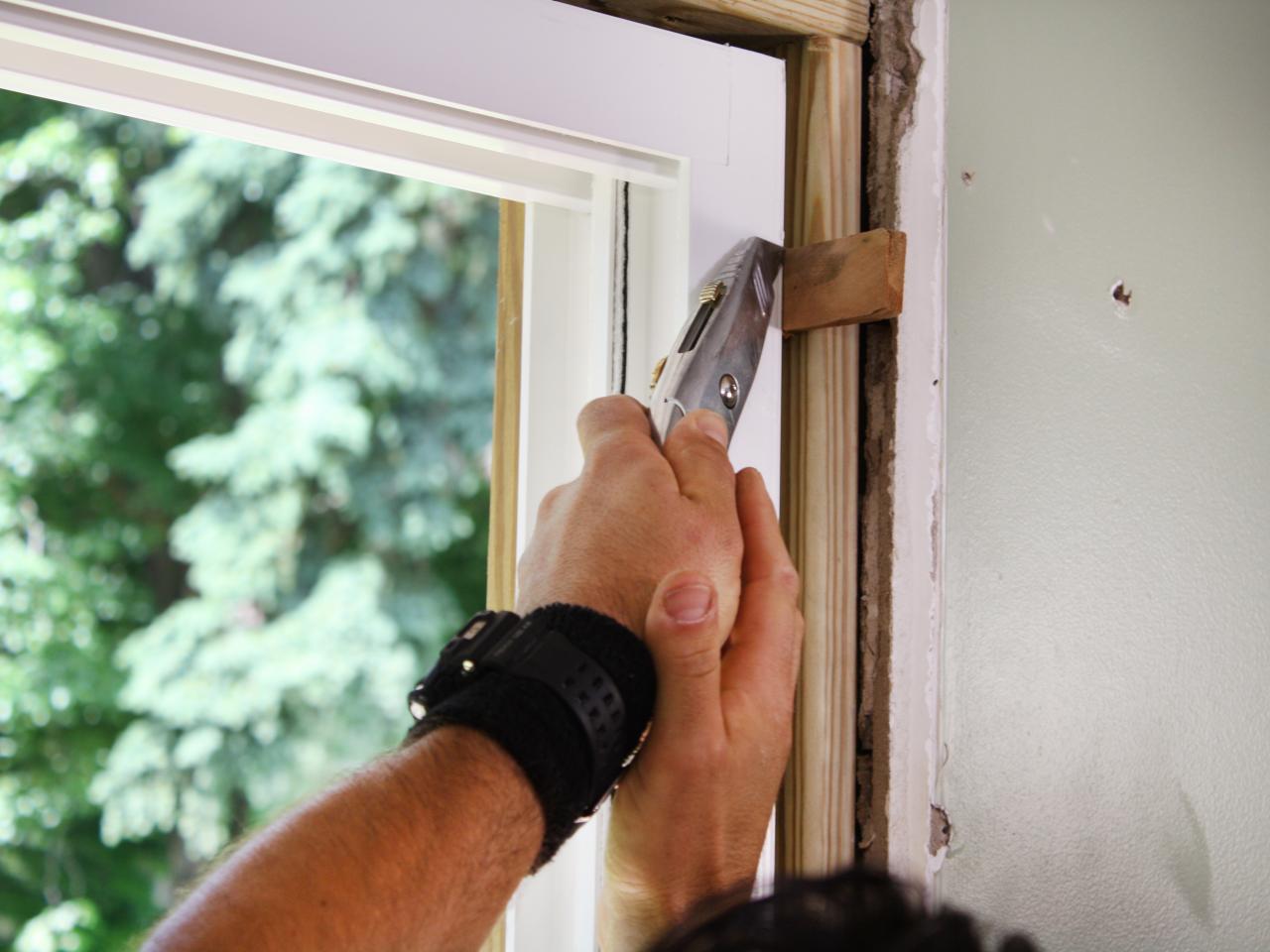
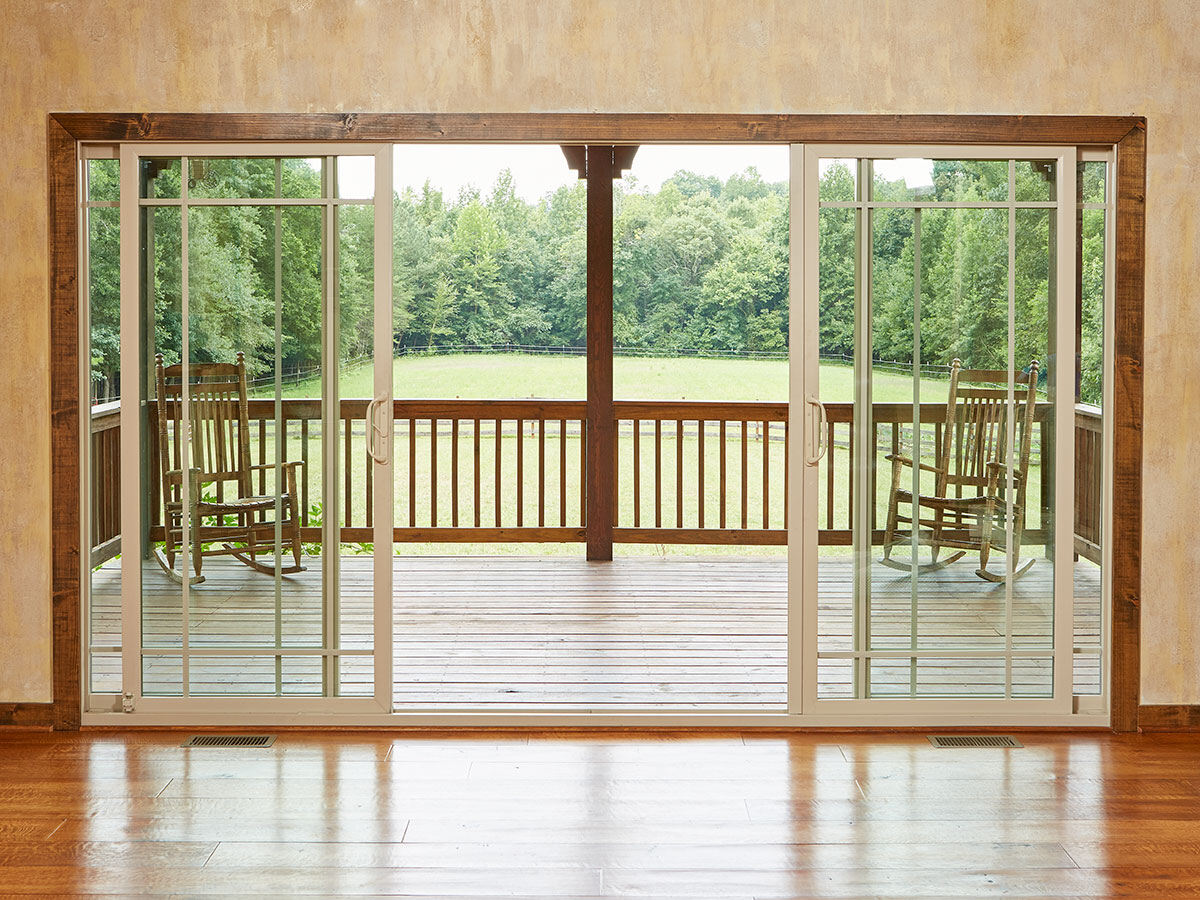
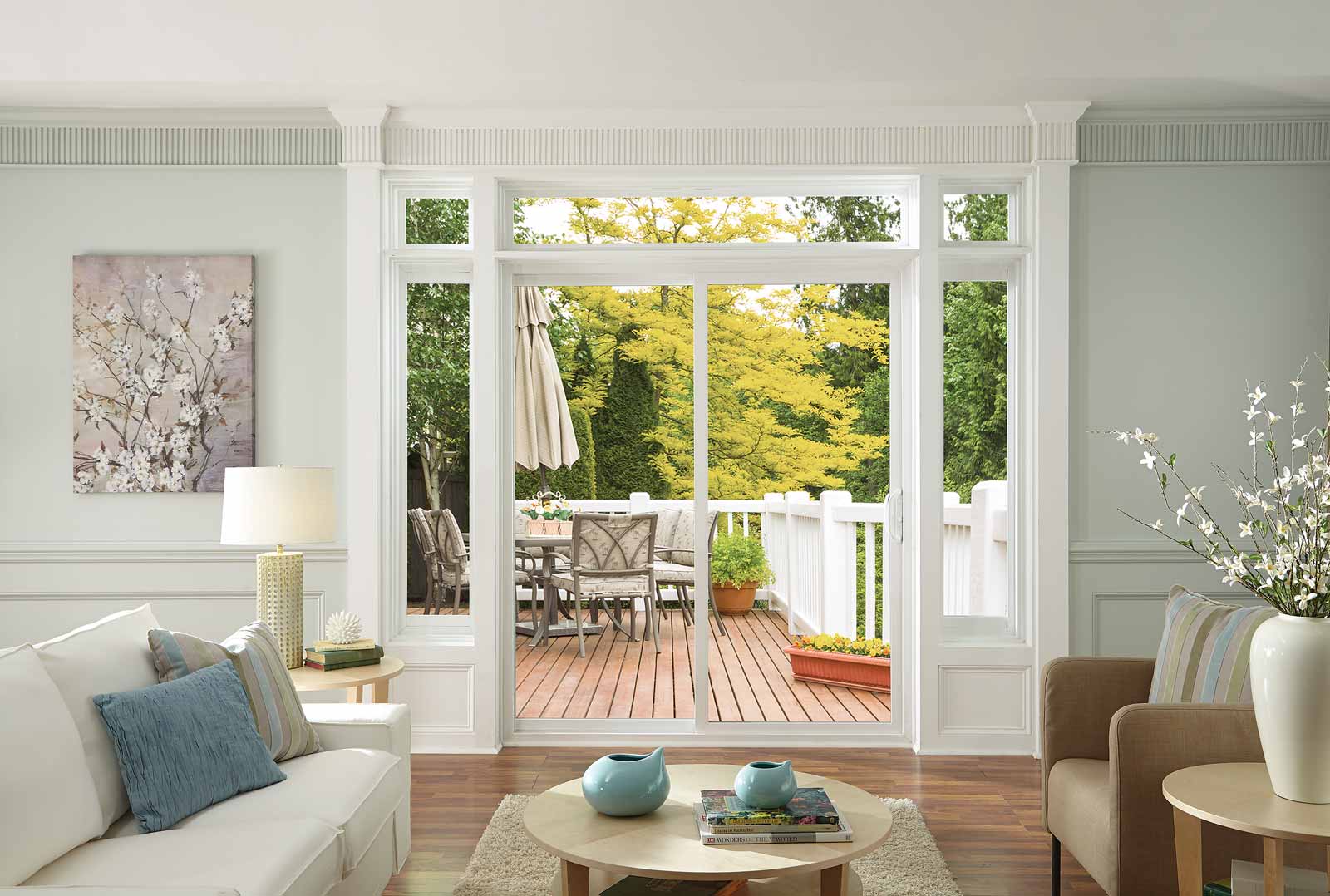
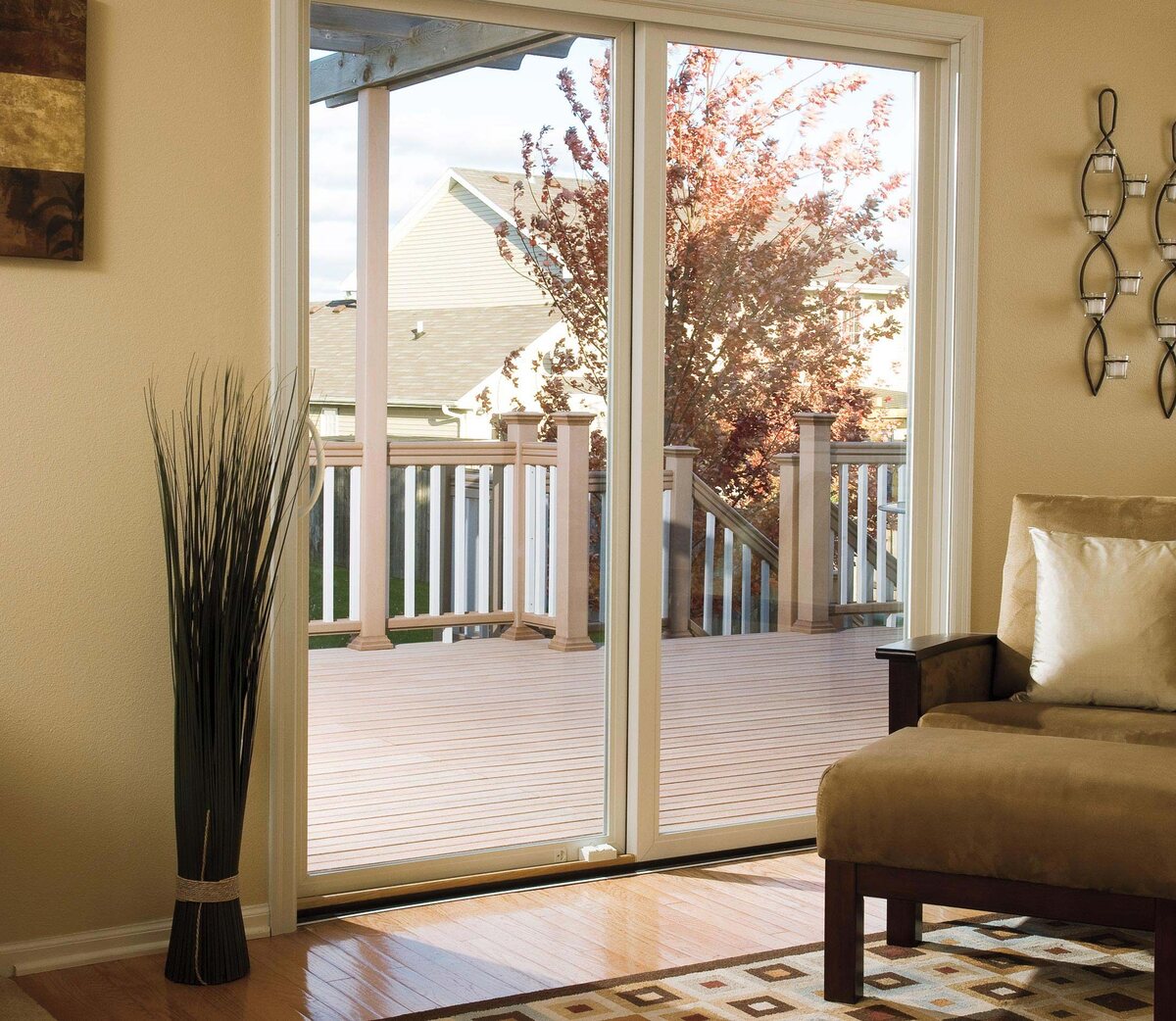


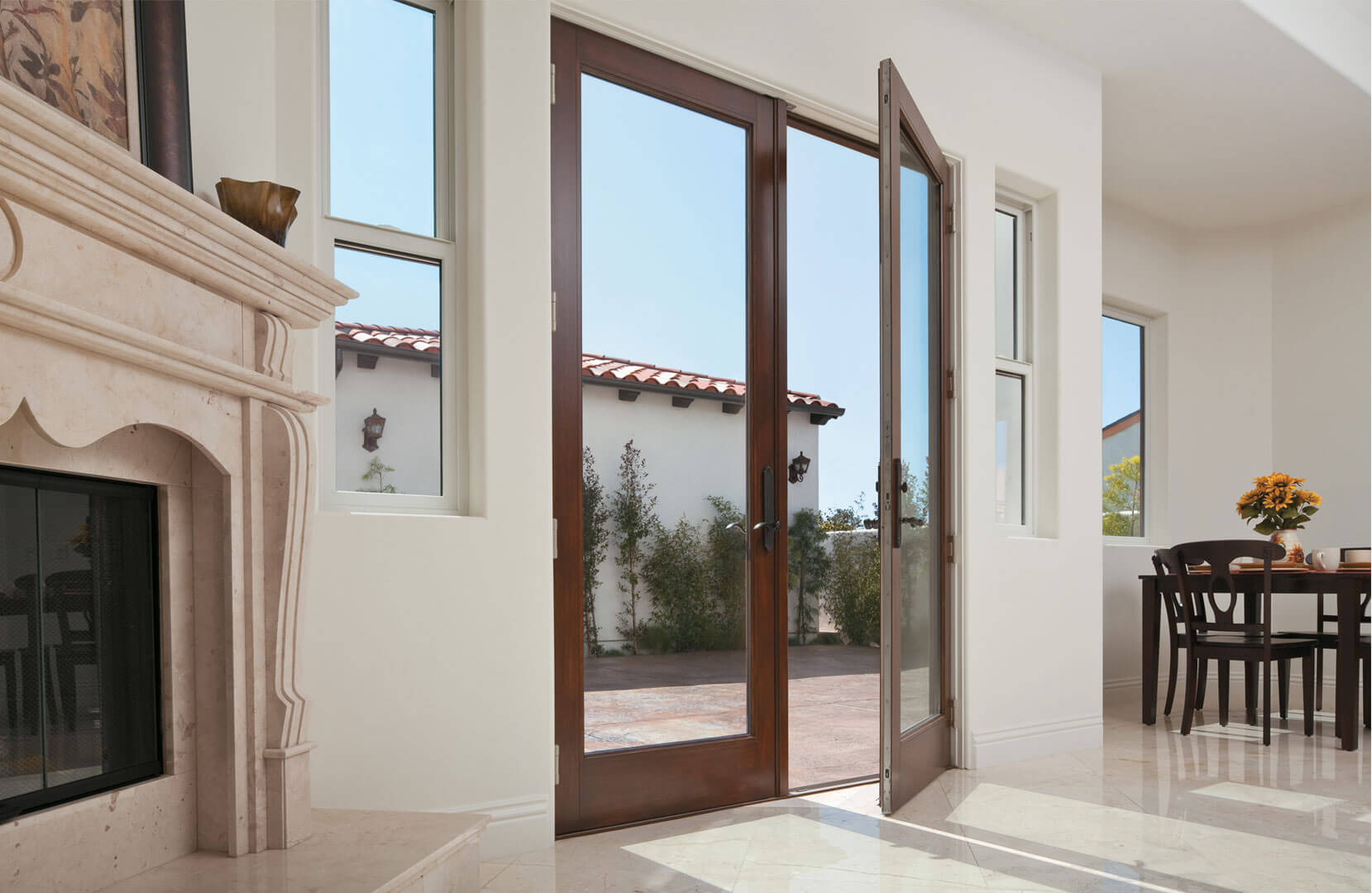

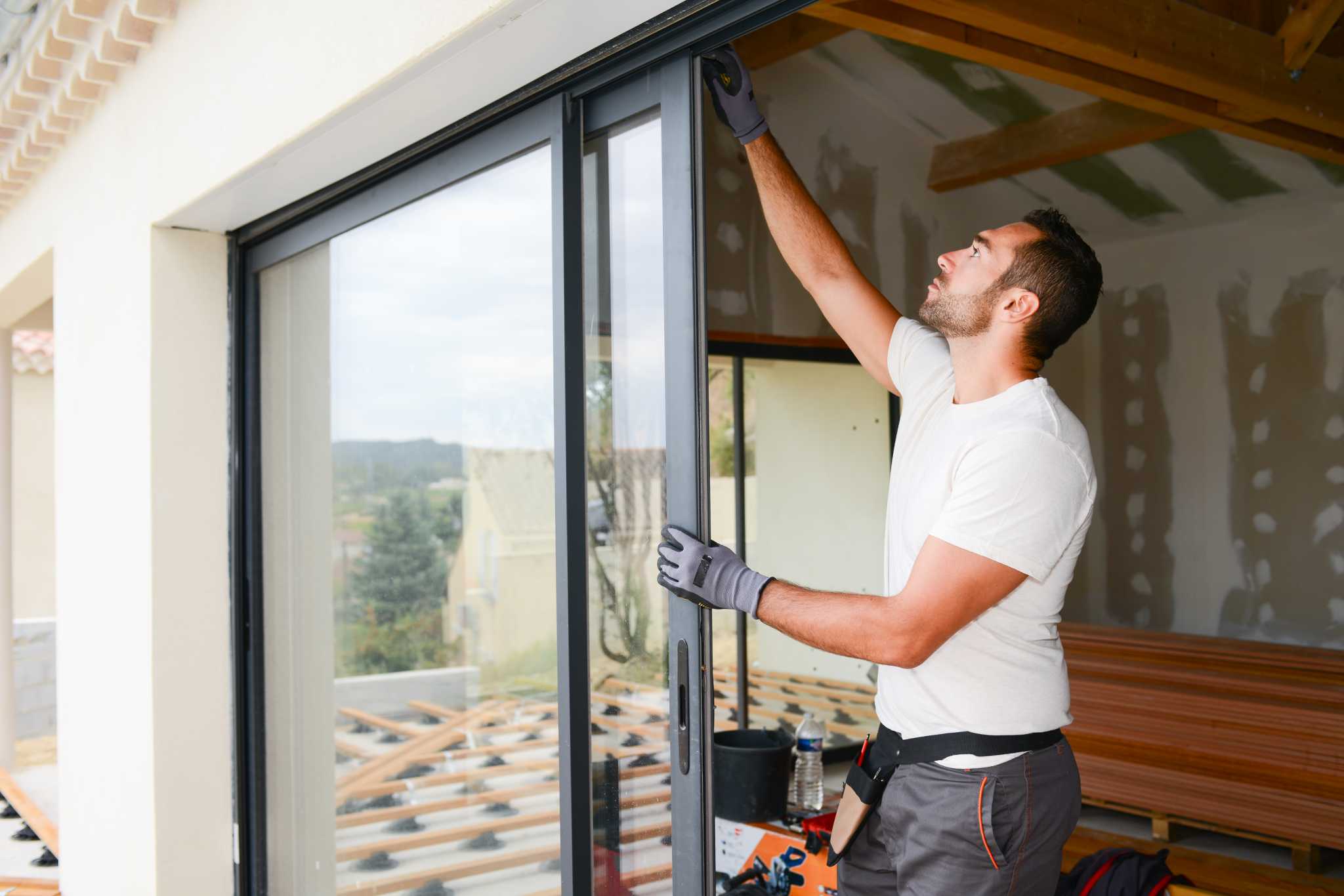
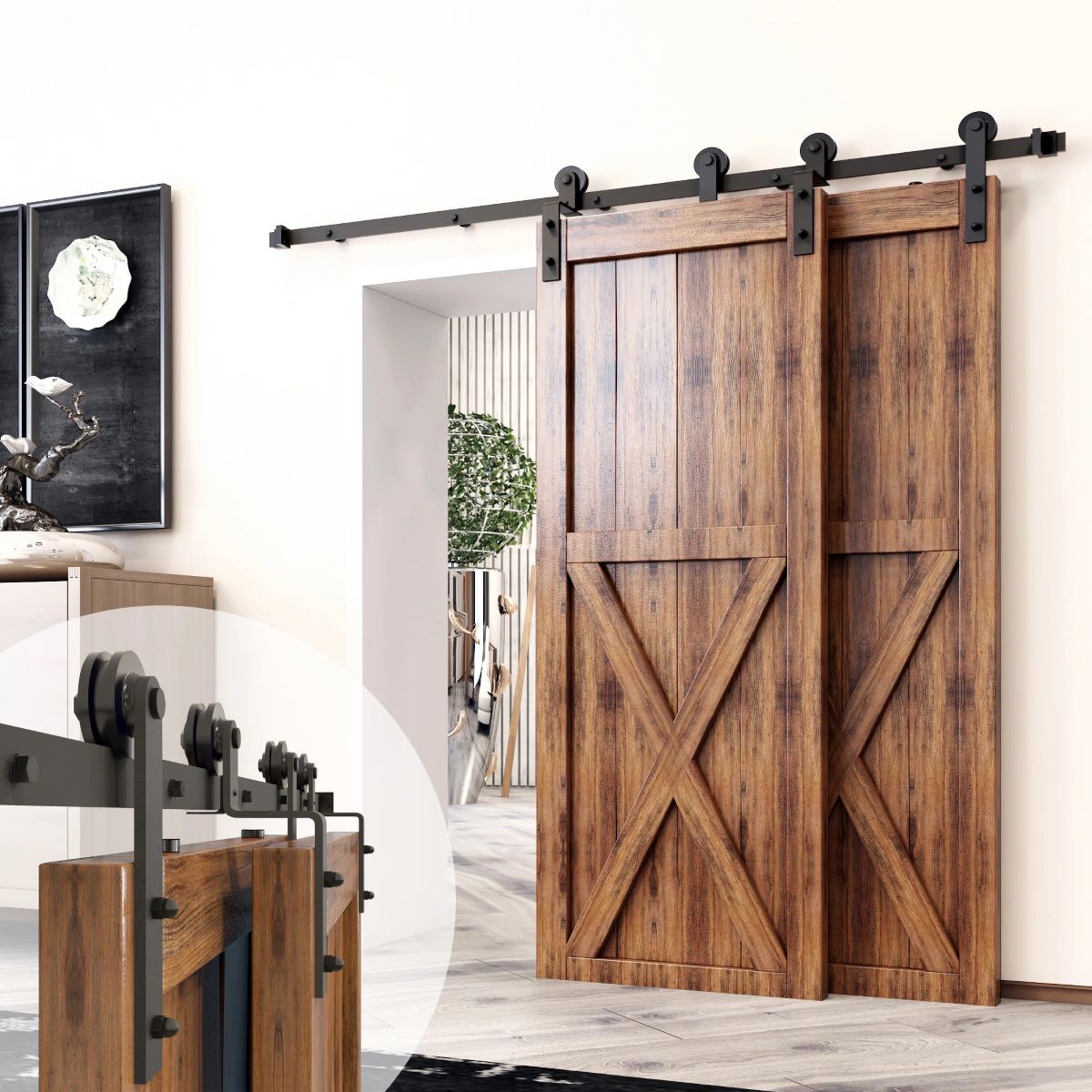
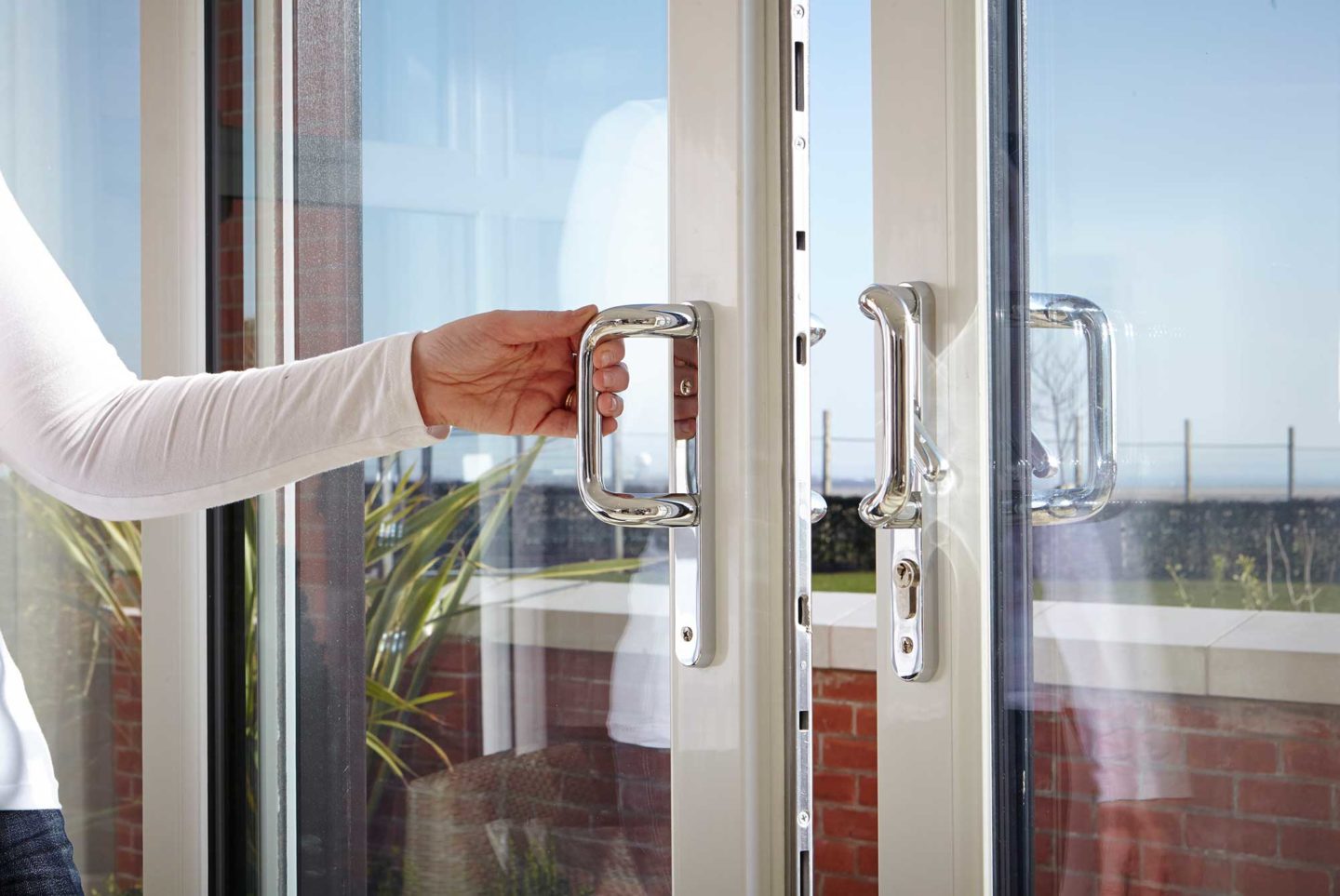

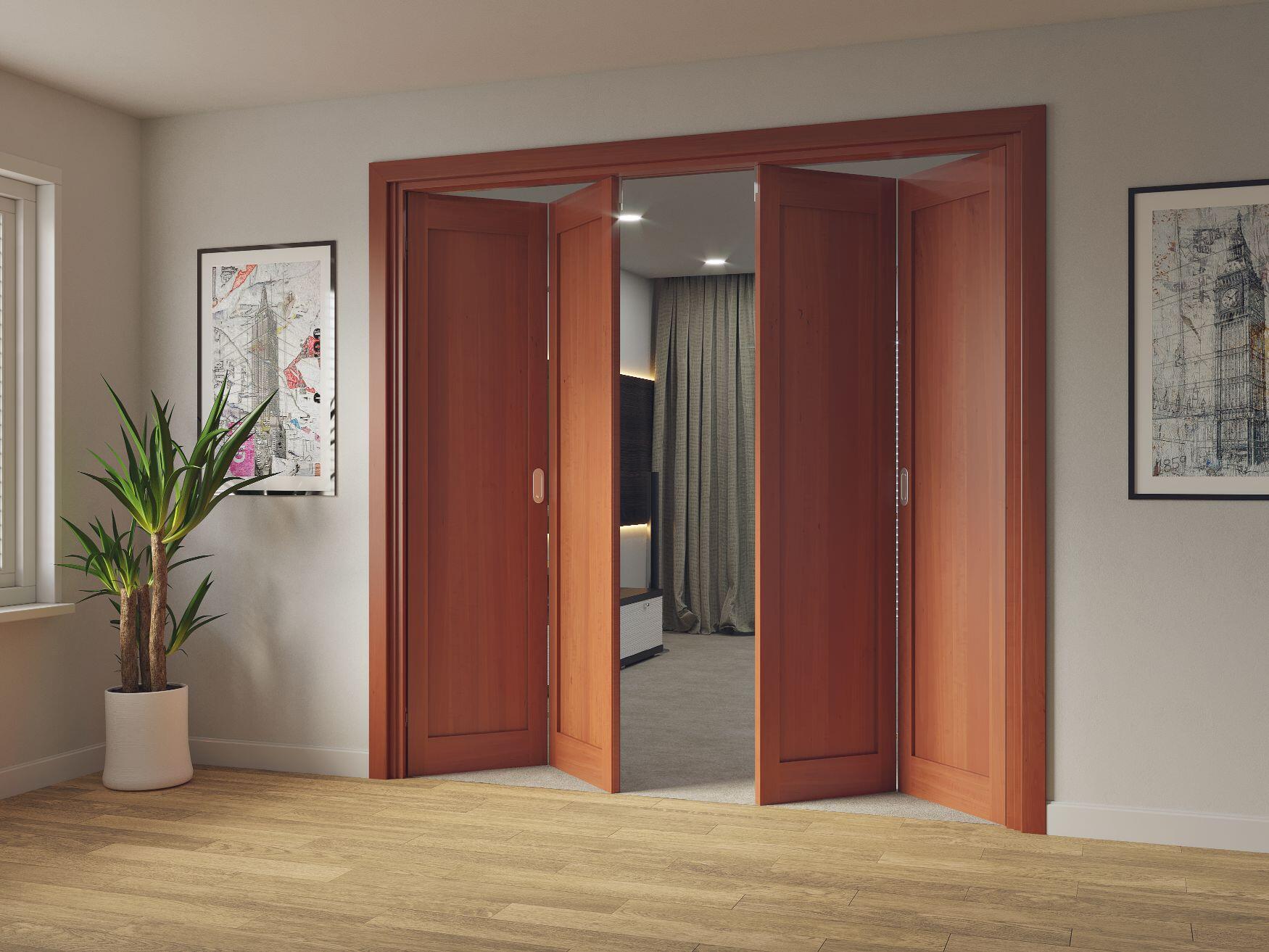
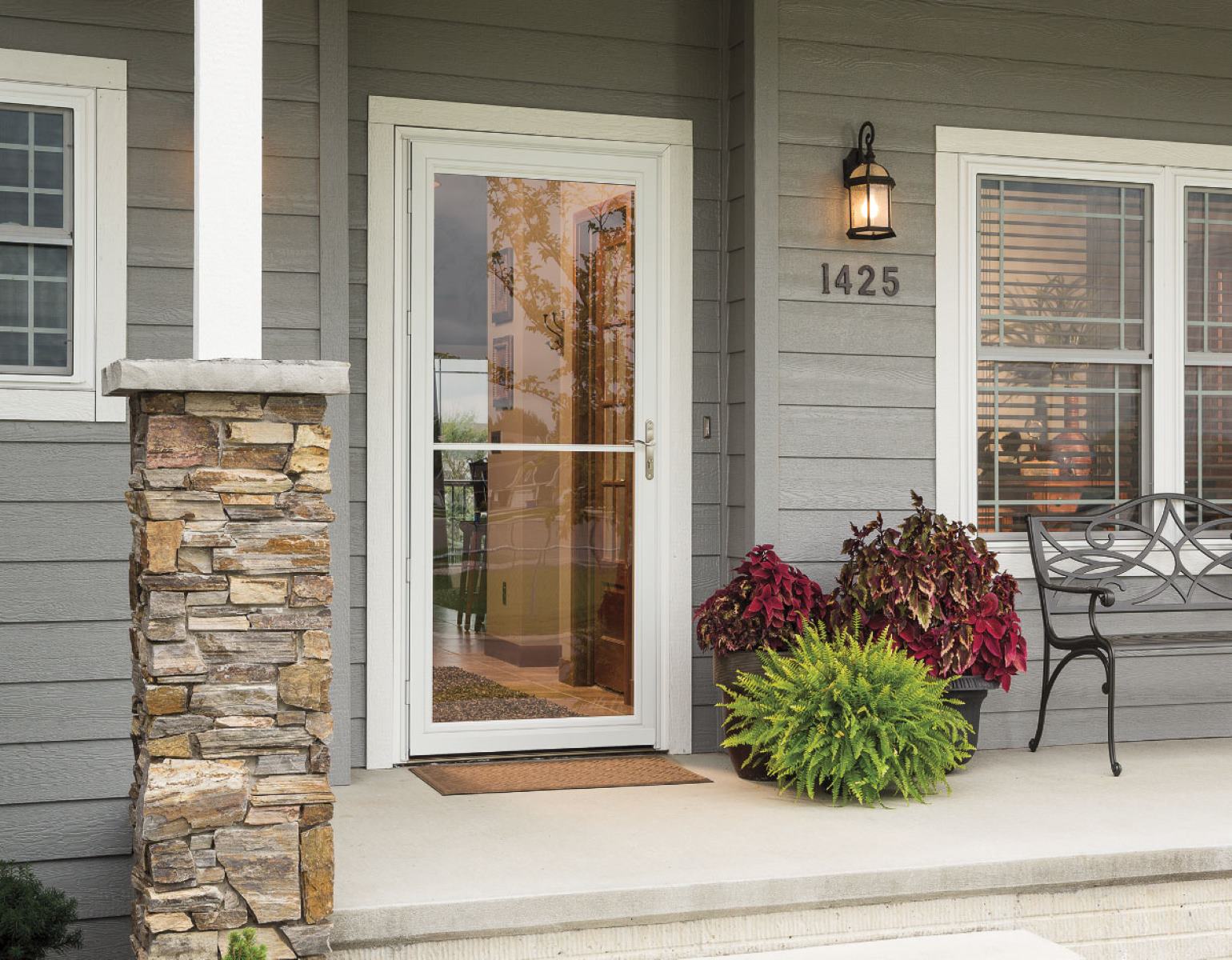

0 thoughts on “How To Childproof Sliding Patio Door With Internal Tracker”